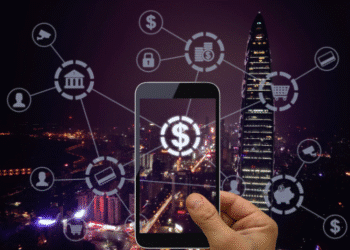Alerts, the Gateway to Wearables
 What time is it? How about time to pay your credit card bill?
What time is it? How about time to pay your credit card bill?
The most important driver of adoption for bank apps on wearable devices will not be mobile payments — it will be alerts.
For payments, the watch form factor is only marginally more convenient than the mobile phone (which itself is no more convenient than pulling out a card). But updates on account balances, fraud alerts, or payments due can be perfectly served by the smallest of screens on smartwatches or smartglasses. (Google Glass isn’t dead; it’s being “made ready for users.”)
ACI Senior Solutions Consultant Mark Ranta told Bank Innovation,”Apple Pay is already a thin slice of a thin slice,” meaning a small piece of the small mobile payments world. On the Apple Watch, it would be still smaller.
But wearables are perfectly positioned to advance a growing area of interest in mobile banking — delivering information outside of the login. Citigroup, Bank of the West, and Green Dot’s GoBank made early leaps into displaying account balances outside of login, and have since been joined by JPMorgan Chase and others.
Successful mobile banking features, said Personetics CEO David Sosna, “introduce something that doesn’t force you to change your life.” Creating budgets in a PFM experience is widely loathed by bank customers, but alerts after purchases, such as those offered by Moven, offer information that is helpful without requiring new behavior.
Moven, not coincidentally, is one of the early developers of a banking smartwatch app. Moven’s payment notifications fit on the small screen and are a good example, Sosna said, of how the watch will play into the mobile banking future.
“You won’t do anything on it,” Sosna said, because it is hard to enter data onto a watch screen. “But it will give you information.”
Mobile banking is secure enough, Sosna said, that companies can safely offer more experiences to customers than they do now. In many cases, the device knows who you are before you authenticate using Touch ID or other means. Wearable devices are set up to conveniently offer information from increasingly smarter apps running on more and more powerful devices — your smartphone.
“It has to be automatic,” Sosna said. “Eliminating the need to log in and sending you information — this is where it is going.”











